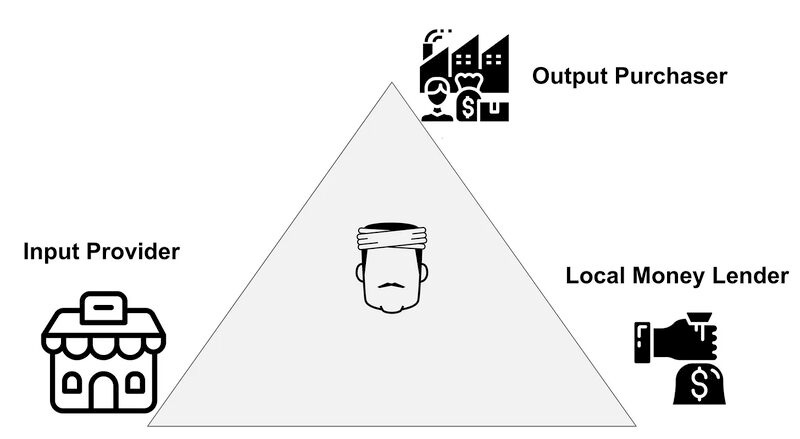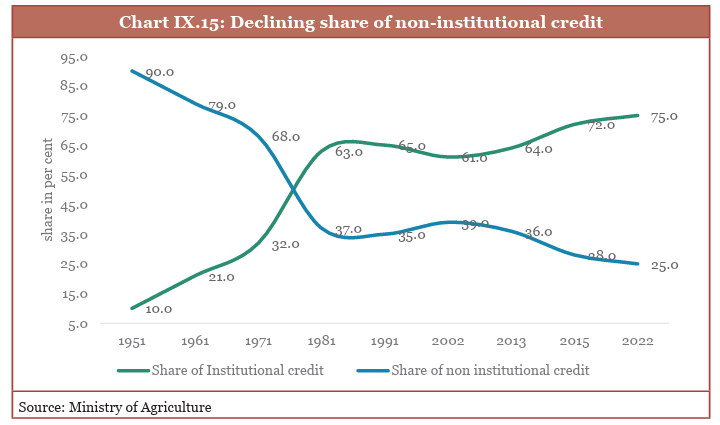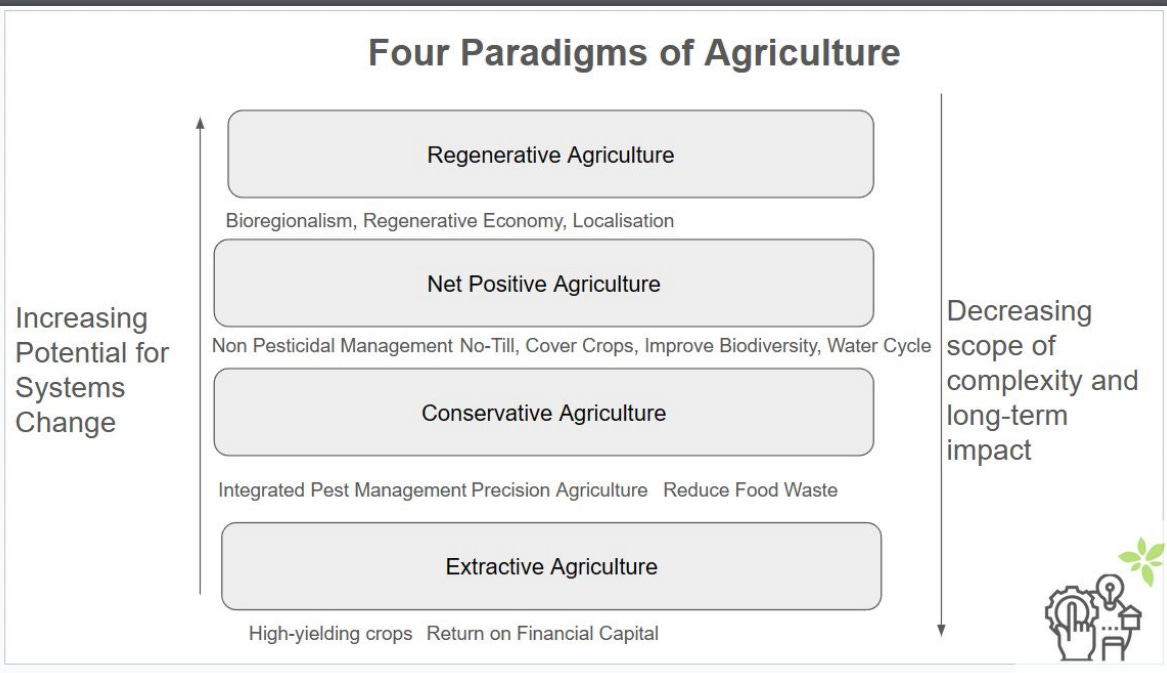How to Disrupt Feudal Structures For Forty Million Middle-class Indian Farmers?
Can technology disrupt triangular feudal chokepoints for forty million full-time middle-class Indian farmers?
If you want to create population scale impact with technology in smallholding contexts, consider disrupting the triangular feudal chokepoints.
I discovered this framing from Lalitesh in a talk many moons ago and it embossed deeply in my cortex for its systemic diagnosis of the fundamental predicament faced by a smallholding farmer.
If you are not from India, you might not fully grasp the “feudal” context we’re dealing with. Let’s do some rapid context setting (at the risk of repeating the said and obvious)
Cultural evolution, if you approximate it enough in linear terms without being teleological, was designed to prepare homo sapiens (even though we may not be wise) for modern life over 5000 years.
Unlike European countries, in the case of India, given that India has only had seventy-seven years of incubation in the laboratory called "democracy", the fact of the matter is this: Culturally, India is a feudal society with rapid adoption of digital tools that belong to the modern life.
Let’s now get back to the smallholding farmer.
What makes the triangular feudal trap insidious is that each of the three chokepoints influences the others. If a farmer gets a better-realized price in one season, the input provider would dynamically update the prices, and the working capital loan provided to the farmer would also see a sharp increase in the cost of lending.
I’ve earlier covered the fundamental dynamic driving each of these players - Input Provider - Local Money Lender - Output Purchaser in case you are drunk on the potential of technology and god forbid think that this is an easy workflow to pull off.
The question that carries the burden of the future of Indian Agriculture is this: How do we disrupt this triangular feudal choke point for India’s full-time forty million farmers who derive their income primarily from agrarian affairs?
That’s the thesis behind Indihood which is building a community tech stack that will power Indifarm, Indibank, Indischool and Indihospital, covering sectors rife with agency problems.
God bless this tribe of those who audaciously take up challenging problems and build the right fractal non-linear solutions to boldly tackle the complexity head-on by its horns.
“Indihood is building a generative, crowdsourcing, hyperlocal cloud that empowers communities evolve platforms, solving life critical challenges at population scale”
These might sound like a lot of words until you meet the founder Lalitesh Katragadda and what he has accomplished so far.

Why should communities have tools that allow them to build solutions tailored to their specific needs? As I’ve covered in detail in Enshittification of agritech and elsewhere, there are multiple reasons:
Decentralized communities need decentralizing tools that they can control.
Decentralized communities have to navigate through inequity of failures at the last mile
Decentralized communities have to navigate through the tricky maze of agency problems in agriculture, especially in lending and agri-inputs and agri-output to avoid lock-in effects and predatory loan shark behaviours.
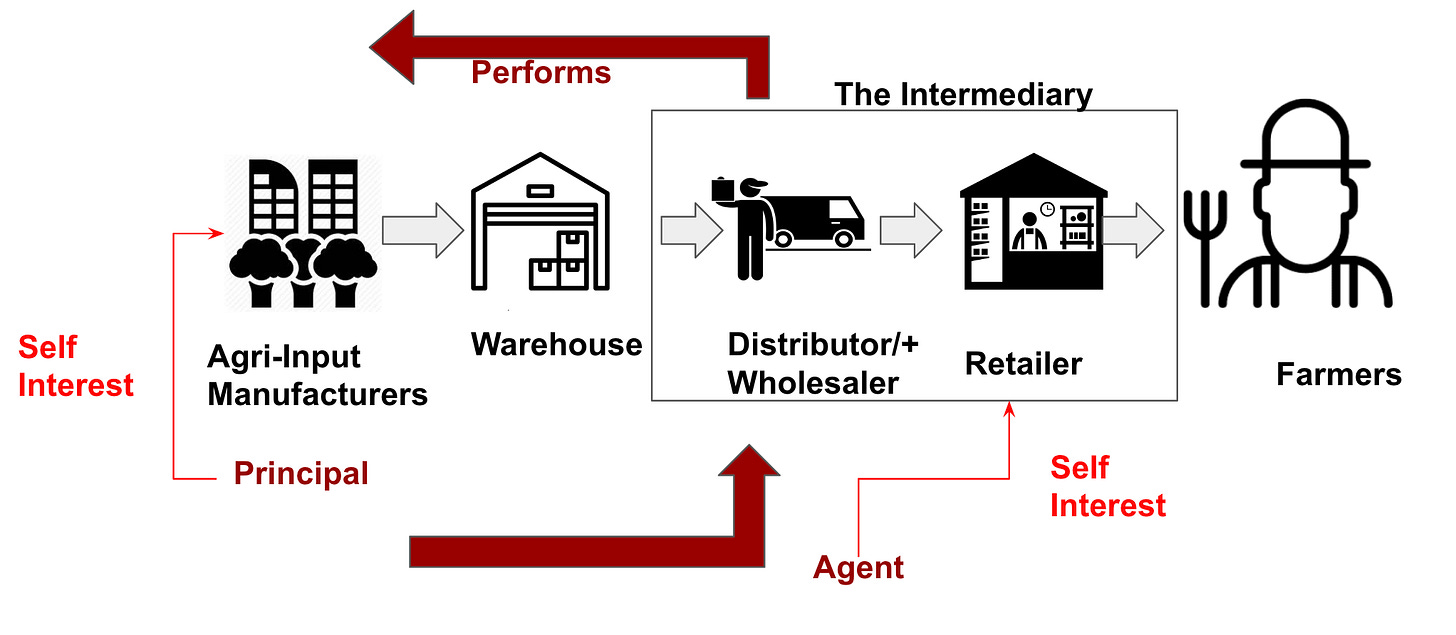
“If you start doing this, this starts looking very similar to SEWA. SEWA has done this for 30- 40 years. What was missing? What they have missed is the technology leap. Enable this on a technology platform which is as agile as the business processes you want on to be” - Lalitesh in a recent podcast
Much like SEWA, there have been multiple efforts -read as islands of excellence- in creating a “generative hyperlocal “cloud that has gone pretty deep in impact quotient ( impacting lives of 10K households) without the necessary technology layer that Lalitesh wants to build here.
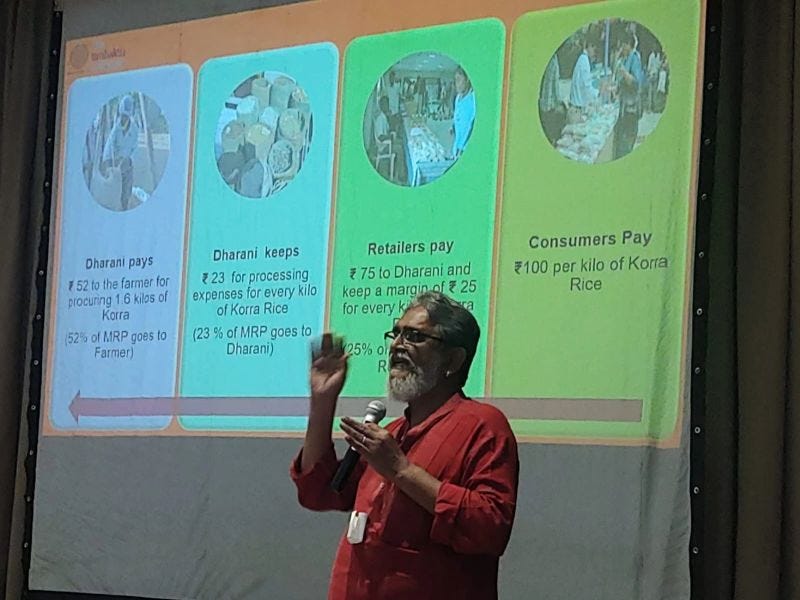
But here is the fascinating thing.
Today, technology is willy-nilly disrupting the feudal structure ipso facto, thanks to the top-down efforts of the government to digitise the mandi, which is creating second-order effects we’ve scarcely comprehended so far.
I received an interesting mail from a large agri-input leader which talked about it in detail:
“During my trip to India earlier this year, I had a chance to interact with retailers, distributors, and farmers. Retailers who would buy the harvest and sell into mandis had a lower risk while offering credit to the farmers. The “future harvest” was like a collateral for the loan. Now with direct transfer of the payment from the mandis to the farmer, the retailer must chase the farmers to pay back the loan. At grassroots level, this seems to be creating a huge shift in risk associated with the credit - and loans will either become expensive, or difficult for farmers. So, unless we solve the ecosystem problems arising out of increasing digitalisation, it will either fail to fulfil its promise, or lead to newer problems.”
This is fascinating for multiple reasons.
All this while, we thought that the digitisation of mandi was a great thing. Who would have thunk that it would lead to an increase in principal risk for farmers, thereby increasing the cost of credit served to farmers?
How do we rethink the digitisation of mandi in the light of this discovery? Can we see how our mindless digitisation efforts to help farmers are hurting farmers?
This is exactly why we can’t address the feudal trap without democratizing credit.
We are doing a decent job if you measure progress in terms of the shift from informal to formal credit, but doing an okay job if you measure by gross capital formation in agriculture.
Take this job advertisement from Bayer which clearly shows how Bayer is interested in providing credit for inputs, output and working capital, mimicking middlemen’s operations.
We are looking for a results-driven candidate who aspires to build a credit ecosystem from the ground up for FPOs and their farmers covering both working capital needs to enable the agricultural input and produce sale business as well as infrastructure investments. (Source)
Today, almost every large agri-input firm operating in India, whether it is Bayer or Syngenta is busy building middle-men collectives in smallholding contexts that aim to disrupt the feudal chokepoint (albeit with centralizing technologies and data monopolies) through platforms and ecosystems.
To disrupt feudal choke points, should we build a “generative, crowdsourcing, hyperlocal cloud” that empowers communities at the last mile or do we rethink farmer’s relationship with inputs, discover agency in selling in his or her terms and discover community capital to grow one’s business?
In other words, should we change the cart or the horse?
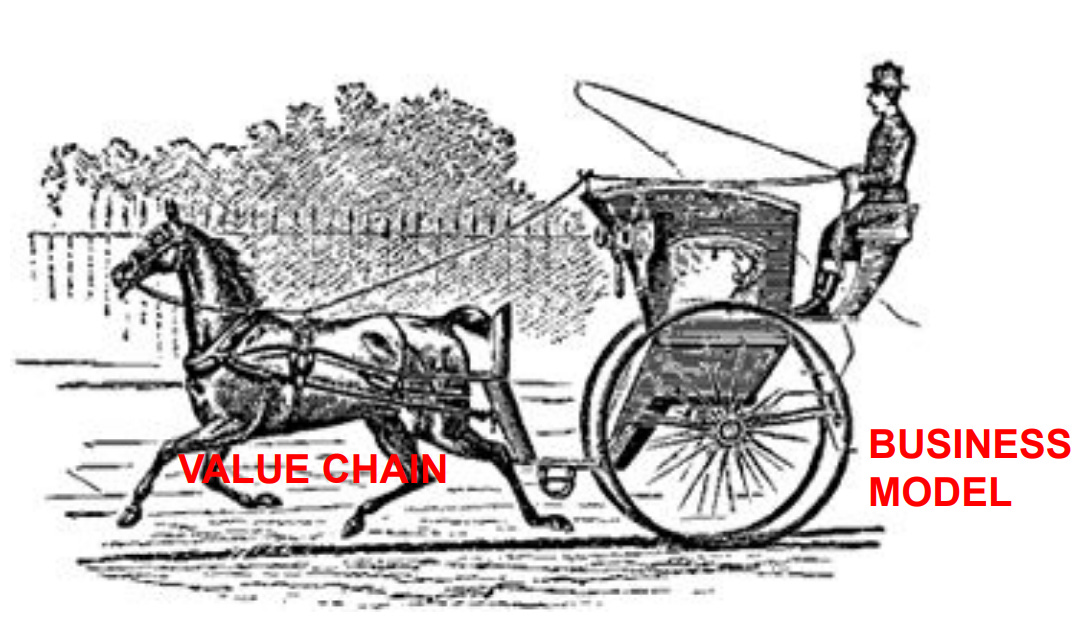
To disrupt the triangular feudal chokepoints, if you ask me, farmers have no other option but to transition towards the organic/natural/regenerative spectrum, depending on where they want to play in the spectrum.
It’s easier said than done though.
Transitioning farmers towards organic/natural farming/regenerative agriculture is like shifting one's child from conventional schooling to homeschooling.
Asking farmers to make their inputs is as difficult as taking complete responsibility for a child's education. To take complete responsibility, one must undergo a deep internal shift and have a holistic view of what constitutes the farm and the deep processes that build nutrition at the macro and microbiome.
I know this intimately because I too once had grand ideas for homeschooling my child besides running my business. It didn't take me much time to understand that I could only do homeschooling or run my business. Once I discovered a wonderful non-mainstream school - - that aligned with my views of education, I was happy to share the responsibility with them.
The key word is "share responsibility" with the school. Not outsource it completely to the school and forget about it. And that middle ground is exactly what we need more in the spectrum between regenerative-organic-natural farming on one end and conventional industrial agriculture on the other end.
Today, the transition conversation between industrial agriculture and natural farming is stuck in extremes. Once we understand the spectrum at play, we accelerate the transition faster.

Transitioning farmers towards natural/organic farming is largely dominated by grants and we aren't imagining newer agribusinesses that can put in the necessary risk capital to accelerate the transition. Such models are now emerging outside India. Now is a good time to build such regenerative transition business models within the Indian context as well.
What do you think? How else can we disrupt the feudal chokepoints? Would love to hear from you.
So, what do you think?
How happy are you with today’s edition? I would love to get your candid feedback. Your feedback will be anonymous. Two questions. 1 Minute. Thanks.🙏
💗 If you like “Agribusiness Matters”, please click on Like at the bottom and share it with your friend.


